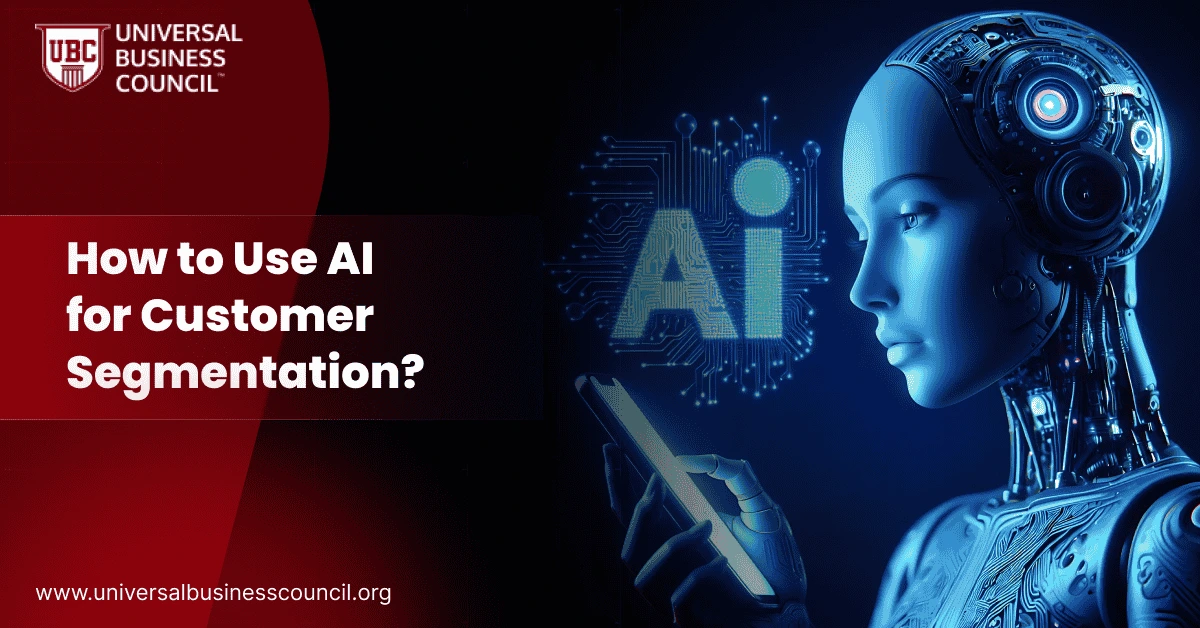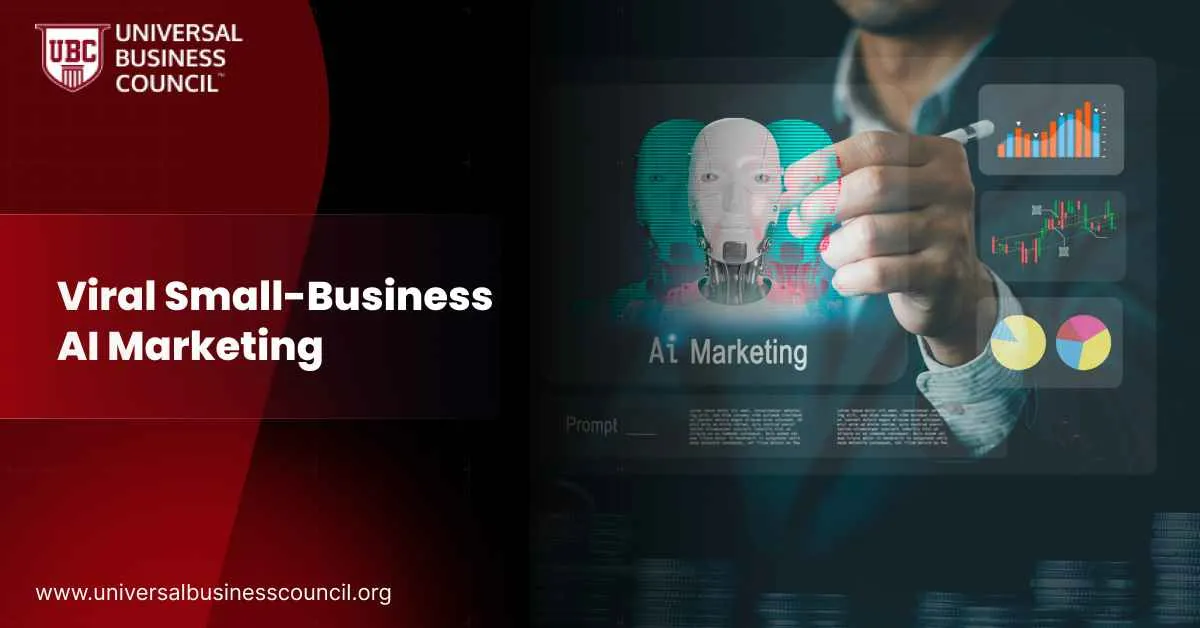 AI makes customer segmentation faster, smarter, and more accurate. It helps you group customers based on behavior, interests, and real-time data instead of just age or location. This means your marketing becomes more personal—and more effective.
In this guide, you’ll learn what AI-powered customer segmentation is, how it works, and how to apply it to your business strategy.
AI makes customer segmentation faster, smarter, and more accurate. It helps you group customers based on behavior, interests, and real-time data instead of just age or location. This means your marketing becomes more personal—and more effective.
In this guide, you’ll learn what AI-powered customer segmentation is, how it works, and how to apply it to your business strategy.
What Is Customer Segmentation?
Customer segmentation is the process of dividing your audience into smaller groups based on shared traits. These could be:- Demographics (age, gender, income)
- Behavior (purchase history, website visits)
- Interests (products viewed, content clicked)
- Location or device used
How AI Changes Customer Segmentation
Traditional segmentation relies on static data and broad categories. AI uses machine learning to go deeper. It looks at patterns across multiple data points and forms segments based on actual behavior. AI can:- Group customers automatically
- Predict which customers are likely to convert or churn
- Update segments in real time
- Find hidden trends humans might miss
How AI-Powered Segmentation Works
Step 1: Collect and Prepare Data
AI needs clean, structured data to work well. Pull data from your CRM, website, mobile app, email platform, and sales tools. Include details like:- Purchase history
- Pages visited
- Emails opened
- Products added to cart
- Time spent on site
Step 2: Choose the Right AI Tool
There are many tools that use AI for segmentation. Some examples include:- Customer Data Platforms (CDPs)
- Marketing automation platforms
- E-commerce analytics tools
- AI analytics services
Step 3: Define Your Segmentation Goals
Before the AI gets to work, define what you want to learn or achieve. Some common goals:- Identify high-value customers
- Predict churn before it happens
- Recommend products based on user behavior
- Personalize email flows
Step 4: Review and Test Segments
AI will create segments like:- First-time visitors who view a product but don’t buy
- Returning buyers with high lifetime value
- Users likely to churn based on reduced activity
- Shoppers who respond to discounts but not to new arrivals
Step 5: Launch Personalized Campaigns
Once your segments are ready, use them to trigger personalized actions:- Send product recommendations to loyal buyers
- Offer special deals to inactive users
- Share how-to guides with new users
- Run remarketing ads for cart abandoners
Types of AI-Driven Segments
| Segment Type | How It’s Created | Why It’s Useful |
| High-Value Customers | Based on total spend and frequency | Prioritize for loyalty campaigns |
| Likely-to-Churn Users | Based on declining activity | Send re-engagement offers |
| Product Category Lovers | Based on browsing and purchases | Recommend similar products |
| Discount Seekers | Based on past offer responses | Tailor promos to drive urgency |
| New & Inactive Users | Based on sign-up and no follow-up | Guide with onboarding or email flows |
Benefits of AI-Powered Customer Segmentation
| Benefit | What It Means for Your Business |
| Real-Time Updates | Segments change as behavior changes |
| Higher Personalization | Content matches the user’s actual needs |
| Predictive Targeting | Reach users before they leave or convert |
| Better Campaign Performance | Higher open rates, clicks, and conversions |
| Less Waste | Stop sending the same message to everyone |
Tips for Using AI in Segmentation
- Start small. Use AI for one goal like churn prediction or product interest
- Keep data updated. The cleaner the data, the smarter the AI
- Don’t segment just for the sake of it. Every group should get unique treatment
- Test and refine. AI makes suggestions, but human review still matters
- Measure results. Check if personalized content leads to better engagement
Upskill with Certifications
If you’re serious about using AI for customer segmentation, build your skill set with certifications that teach how data, AI, and marketing all work together:- Deep Tech Certification: Learn how AI models are trained and deployed
- Data Science Certification: Master data cleaning, modeling, and segmentation techniques
- Marketing and Business Certification: Apply segmentation insights to real-world campaigns and business goals




Leave a Reply